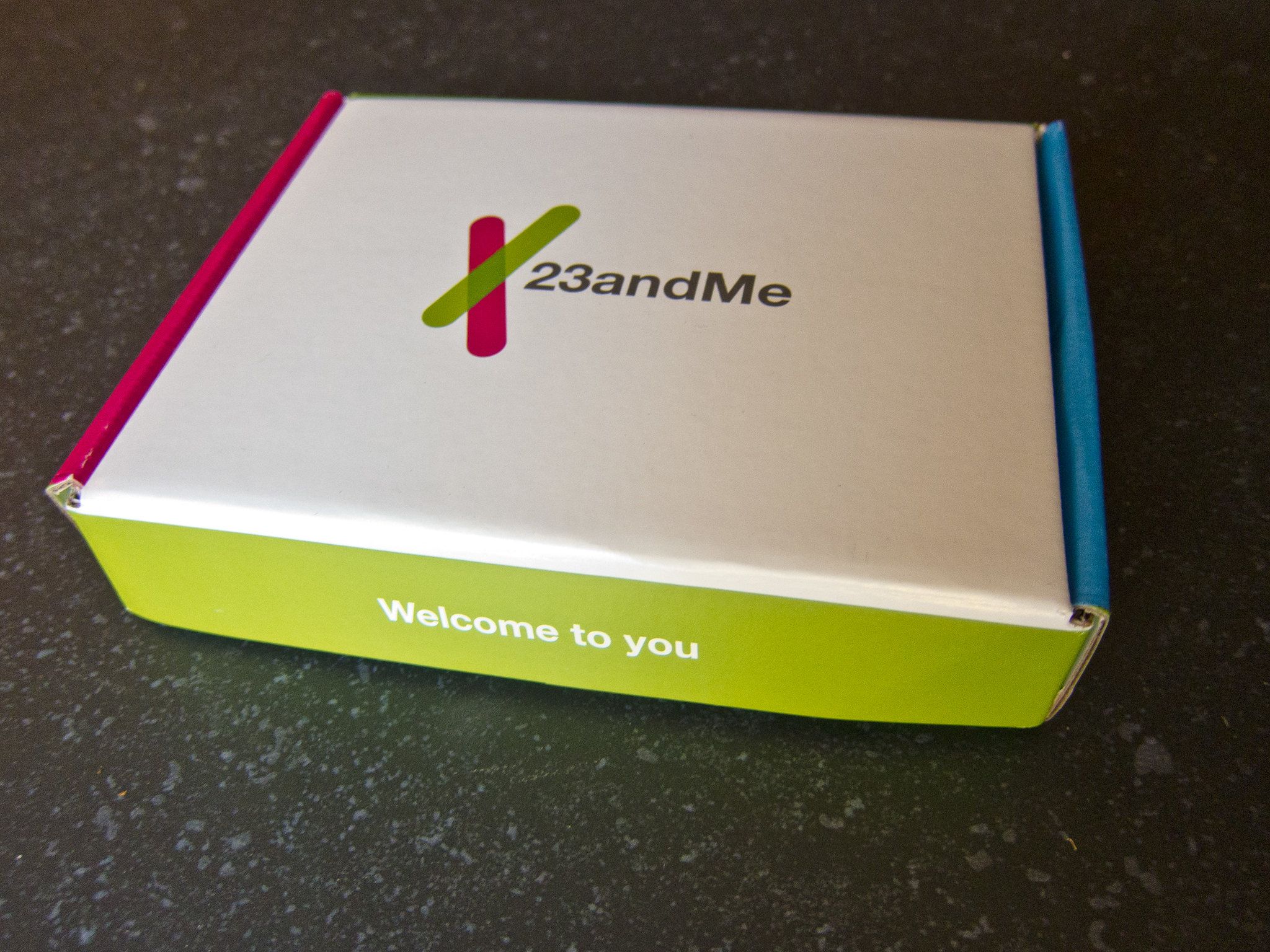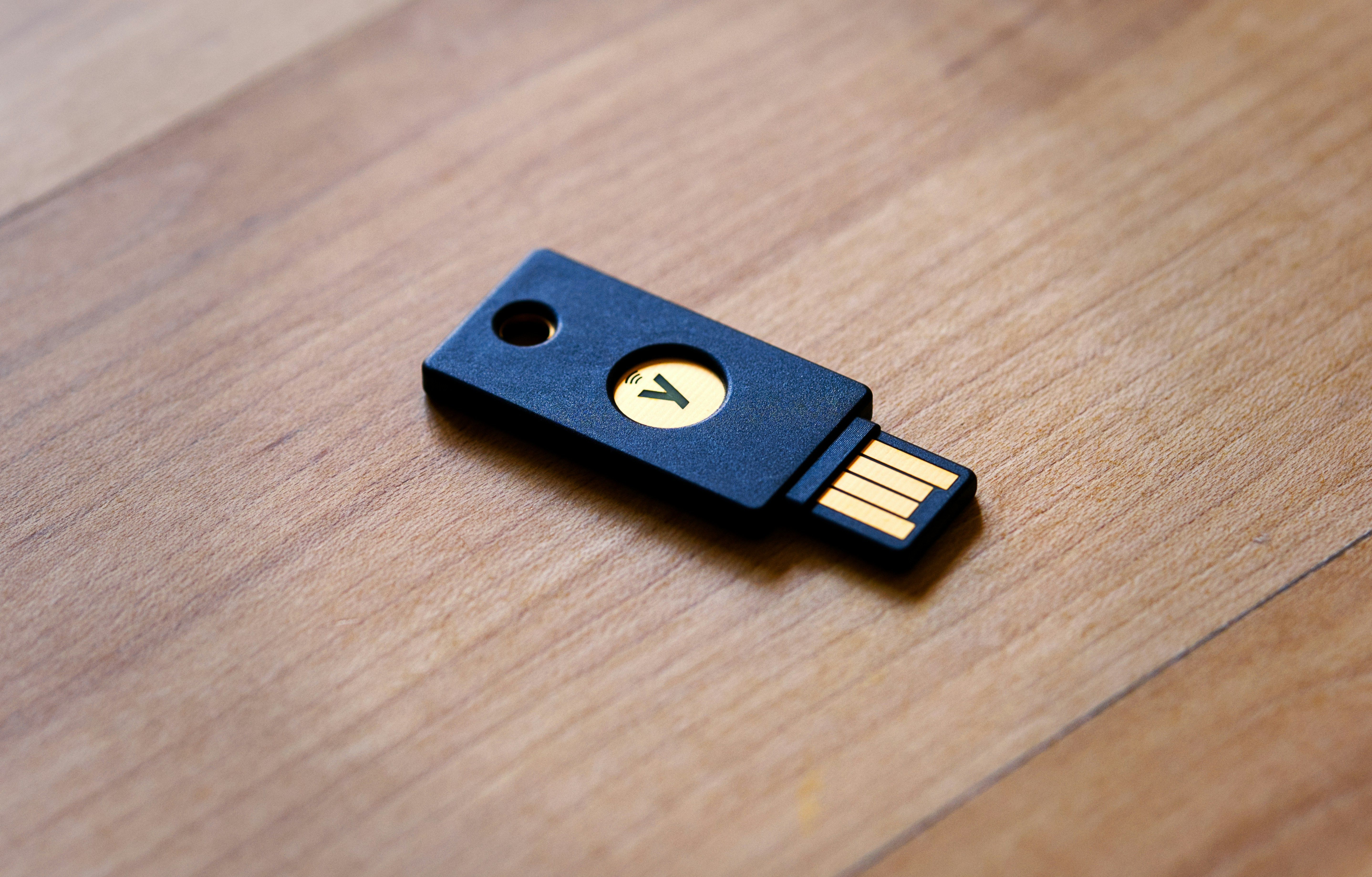UK & Canada Launch Probe Into 23andMe Data Breach
Why is there a joint investigation by UK and Canada into the data breach at 23andMe?
Eddie
June 11, 2024

The world of data security faces yet another challenge with the announcement of a joint investigation by the United Kingdom and Canada into a major data breach at the genetic testing company 23andMe. This breach, which became public in October 2023, affected nearly 7 million individuals by exposing sensitive personal information. This incident raised significant concerns about the safeguarding of genetic and personal data and prompted an international response to address these vulnerabilities.
The breach was initially discovered when unauthorized access was gained through the exploitation of reused credentials from other breaches. This allowed hackers to infiltrate around 14,000 accounts, which subsequently gave them access to personal data across multiple users due to the design of the platform’s features. The compromised data included sensitive details such as family trees, birth years, and geographical locations without directly accessing more secure data such as social security numbers or financial information.
Both the UK's Information Commissioner’s Office (ICO) and Canada’s Office of the Privacy Commissioner (OPC) have taken a stance to collaboratively investigate the breaches, aiming to evaluate the adequacy of 23andMe’s data protection measures, the scope of the breach, and the timeliness and sufficiency of the response to affected parties.
Details of the Joint UK and Canada Investigation

Scope and objectives of the investigation
The joint investigation led by the UK’s Information Commissioner’s Office (ICO) and the Office of the Privacy Commissioner of Canada (OPC) is focused on the October 2023 data breach at 23andMe, which affected approximately 6.9 million users. The primary objectives are to ascertain the full extent of information exposure, evaluate the potential harm to affected individuals, and determine whether 23andMe had sufficient data protection mechanisms in place. Additionally, the probe aims to verify if 23andMe provided timely and adequate notifications to both the regulatory bodies and the individuals impacted by the breach.
Technical analysis of how the breach occurred
The breach was primarily executed through a credential stuffing attack wherein hackers gained access to 23andMe accounts using compromised passwords that were recycled from previous breaches. Initially targeting around 14,000 accounts, hackers exploited 23andMe’s DNA Relatives feature, allowing them to expand their access to information of approximately 6.9 million users. This breach exposes major security flaws, particularly the vulnerability of using duplicated passwords and the risks associated with opt-in features that share user data broadly.
Laws and regulations implicated in the breach
The investigation involves assessing compliance with the General Data Protection Regulation (GDPR) by the ICO and the Personal Information Protection and Electronic Documents Act (PIPEDa) by the OPC. Both regulations mandate stringent data protection and privacy standards. They require companies to implement robust security measures to protect sensitive personal information, provide prompt breach notifications, and uphold individuals’ privacy rights.
Implications of the Data Breach

Impact on affected users and potential risks
The exposed data included highly sensitive personal details like family trees, birth years, geographic locations, and DNA information. Such information can be exploited for identity theft, genetic-related scams, or discriminatory purposes. The breach also undermines the privacy of potentially millions of individuals, given the familial nature of the accessed genetic data, exposing both the individuals and their relatives to various risks.
Legal and financial repercussions for 23andMe
23andMe faces potential fines under GDPR and PIPEDa for failing to safeguard consumer data and for potential delay in breach notification. Additionally, the breach has sparked legal actions from affected customers and has likely contributed to a decline in consumer trust. These factors combined could result in significant financial losses, including legal costs, compensation payouts, and a decrease in kit sales.
Implications for the genetic testing industry
The breach at 23andMe has raised critical concerns about the security practices of the genetic testing industry as a whole. It amplifies the need for stricter regulatory compliance and could prompt industry-wide changes in how genetic data is protected. As consumers become more aware of the potential misuse of their sensitive information, companies may need to increase transparency and enhance security measures to rebuild and maintain public trust.





